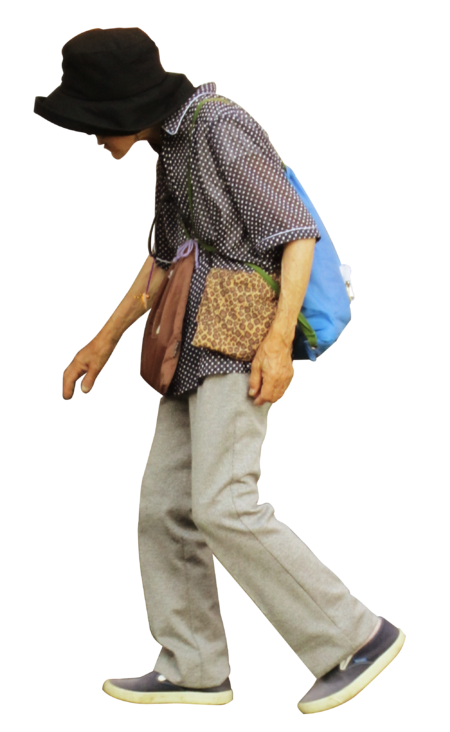nalco group
bone, muscle & joint pain physio
BOOK NOW / WHATSAPP ABOUT YOUR PAIN OR INJURY
- ORCHARD 400 Orchard Road #12-12 Singapore 238875
- TAMPINES 9 Tampines Grande #01-20 Singapore 528735
- SERANGOON 265 Serangoon Central Drive #04-269 Singapore 550265
Home > Blog > Physiotherapy Management For Osteoporosis / Osteoporotic Patients
Physiotherapy Management For Osteoporosis / Osteoporotic Patients

Physiotherapy for people with osteoporosis can be very beneficial alongside the medical management of osteoporosis, good nutrition, quitting smoking and limiting alcohol intake.
Our Physiotherapy management for individuals with osteoporosis or osteopenia includes:
- Strengthening exercises
- Weight-bearing exercises
- Balance exercises
- Flexibility exercises
- Postural exercises
Postural exercises
These are crucial to prevent structural changes that often accompany osteoporosis, such as thoracic kyphosis.
Our osteoporosis program includes extension exercises such as chin tucks, scapular retractions, thoracic extensions, and hip extensions.
Strengthening the extensor muscles help to promote improved posture and improved balance.
Flexion exercises are contraindicated for osteoporosis patients as anterior compressive forces to the vertebra can contribute to compression fractures (Goodman 2003).
Weight-bearing exercises
Exercises such as walking or hopping, have been shown to maintain or improve bone density in the osteoporosis population.
Strengthening exercises, using weights or resistance bands, has also be shown to maintain or improve bone density at the location of the targeted muscle attachments.
Maintaining bone health in this population is extremely important, especially in the elderly as there is typically a decline in bone mass with age (Zehnacker 2007)
Flexibility and strengthening exercises
These can help improve the individuals overall physical function and postural control.
Improving postural control is important to reduce the risk for falls.
Falls often result in fractures in frail individuals.
Balance exercises are also incorporated into our Physiotherapy programme to further reduce the risk of falls (Burke 2012).
Back Pain
Our senior physiotherapist treats Osteoporotic patients with back pain (refer to related article: back pain physiotherapy treatments)
We will
incorporate agility training, resistance training, and stretching in her
programme as they have all been shown to decrease back pain and its related
disabilities (Liu-Ambrose 2005).
High intensity training
Research highly supports high intensity training in the prevention of bone lost for women in menopausal years and early stage post-menopausal.
High intensity training includes body-weight and resistive exercises at a high intensity, similar to circuit training.
This type
of training is contraindicated for individuals with low bone mass.
References
Burke TN, Franka FJR, Ferreira de Meneses SR, Pereira RMR, Marques AP. Postural control in elderly women with osteoporosis: comparison of balance, strengthening and stretching exercises. A randomized controlled trial. Clinical Rehabilitation. 2012; 26 (11): 1021-1031.
Goodman. Fuller. Boissonnault. Pathology; Implications for the Physical Therapist. 2nd Philadelphia: Saunders, 2003.
Liu-Ambrose TYL, Khan KM, Eng JJ, Lord SR, Lentle B, McKay HA. Both resistance and agility training reduce back pain and improve health-related quality of life in older women with low bone mass. Osteoporosis International; 2005.16: 1321- 1329.
Zehnacker CH, Bemis-Dougherty A. Effect of weighted exercise on bone Mineral Density in Post-menopausal Women: A systemic review. Journal of Geriatric Physical Therapy. 2007; 30(2): 79-88
